2025 Guide: How to Choose the Best Liquid Bottles for Every Occasion
In the evolving landscape of beverage packaging, choosing the right liquid bottles has become paramount for both consumers and businesses alike. As the market for liquid bottles burgeons, with a significant CAGR of 4.8% projected through 2025, understanding the nuances of different materials and designs is crucial. According to a report by Smith & Co. Analytics, "the demand for sustainable and innovative packaging solutions is reshaping the liquid bottles industry, prompting a shift toward eco-friendly materials that meet consumer expectations."

As consumers are becoming more discerning about their purchase choices, the option to select liquid bottles that align with both utility and environmental consciousness has never been more essential. Industry expert Dr. Jennifer Ward, an authority on sustainable packaging, emphasizes, "Selecting the perfect liquid bottle is not just about aesthetics; it reflects a commitment to quality and environmental responsibility."
This guide aims to navigate the myriad of options available, whether for everyday use, special occasions, or eco-friendly initiatives, ensuring that you make an informed decision suited to your specific needs. With 2025 approaching rapidly, arming yourself with this knowledge is vital to enhance your purchasing experience in the liquid bottles market.
Factors to Consider When Selecting Liquid Bottles for Different Activities
When selecting liquid bottles for various activities, several key factors should be considered to ensure functionality and satisfaction. Firstly, the material of the bottle plays a crucial role. According to the Global Market Insights report, the demand for stainless steel bottles is projected to grow at a CAGR of over 6% from 2021 to 2027 due to their durability and eco-friendliness compared to traditional plastic options. For recreational activities such as hiking, a lightweight yet sturdy material can enhance portability without sacrificing usability.
Another important aspect is the size and capacity of the bottle. A study by Statista revealed that 62% of consumers prefer bottles that can hold at least 500ml, making them suitable for a variety of occasions from gym sessions to picnics. Additionally, features like insulation can be essential for specific activities; for instance, double-walled insulated bottles keep beverages hot or cold for extended periods, which is particularly desirable for outdoor enthusiasts. Knowing the intended use—be it for daily hydration, travel, or sports—can help refine choices and lead to a more satisfying purchase.
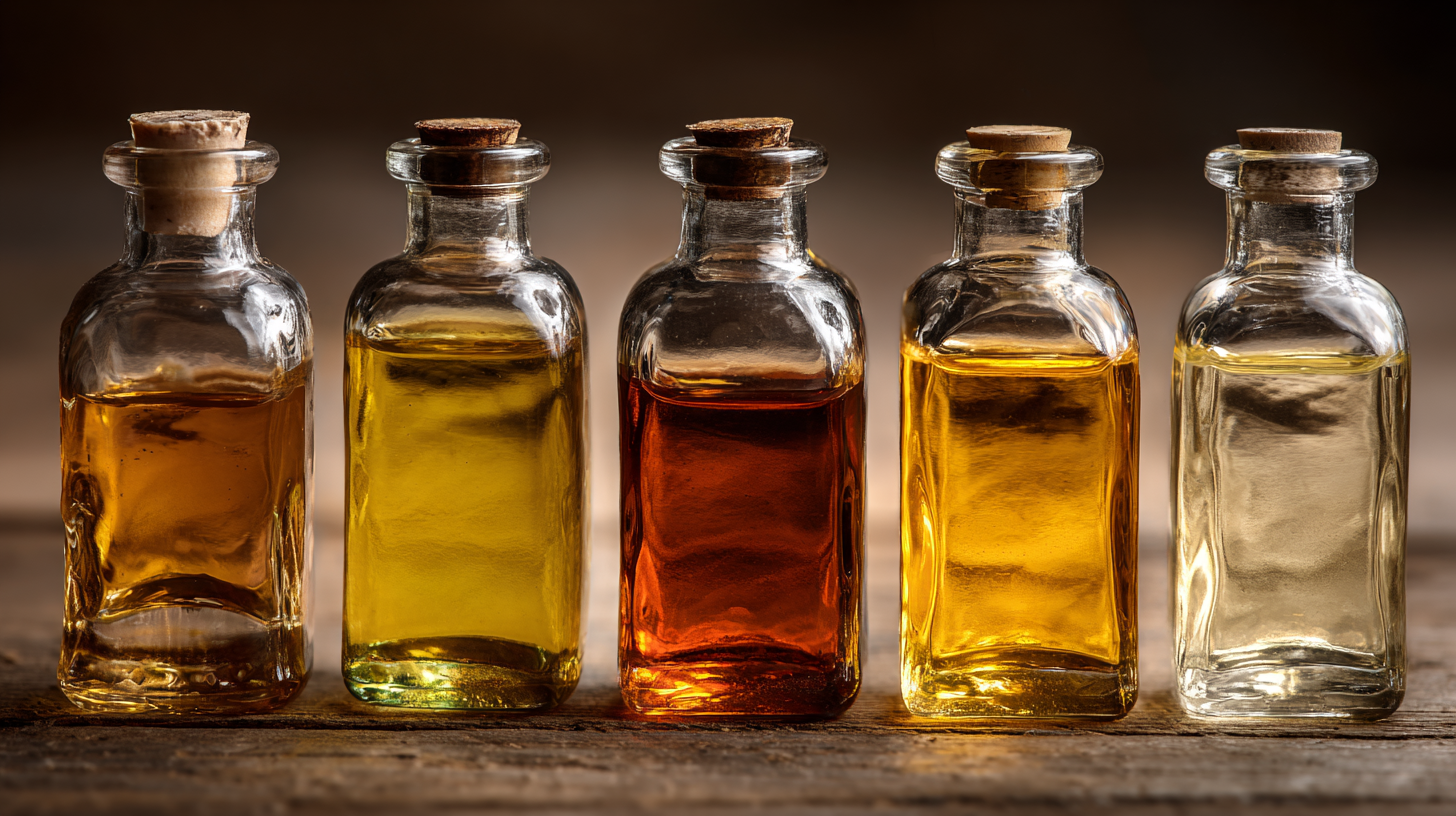
Material Choices: Pros and Cons of Common Bottle Materials (Plastic, Glass, Stainless Steel)
When selecting the best liquid bottles for various occasions, understanding the pros and cons of common materials is essential. Plastic bottles, often favored for their lightweight and shatter-resistant qualities, can be a practical choice. According to a 2021 report by the Container Recycling Institute, approximately 3 million tons of plastic bottles were produced in the U.S. alone, showcasing their prevalence. However, it’s important to be aware that some plastics, particularly older types, may leach harmful chemicals into beverages, leading to health concerns.
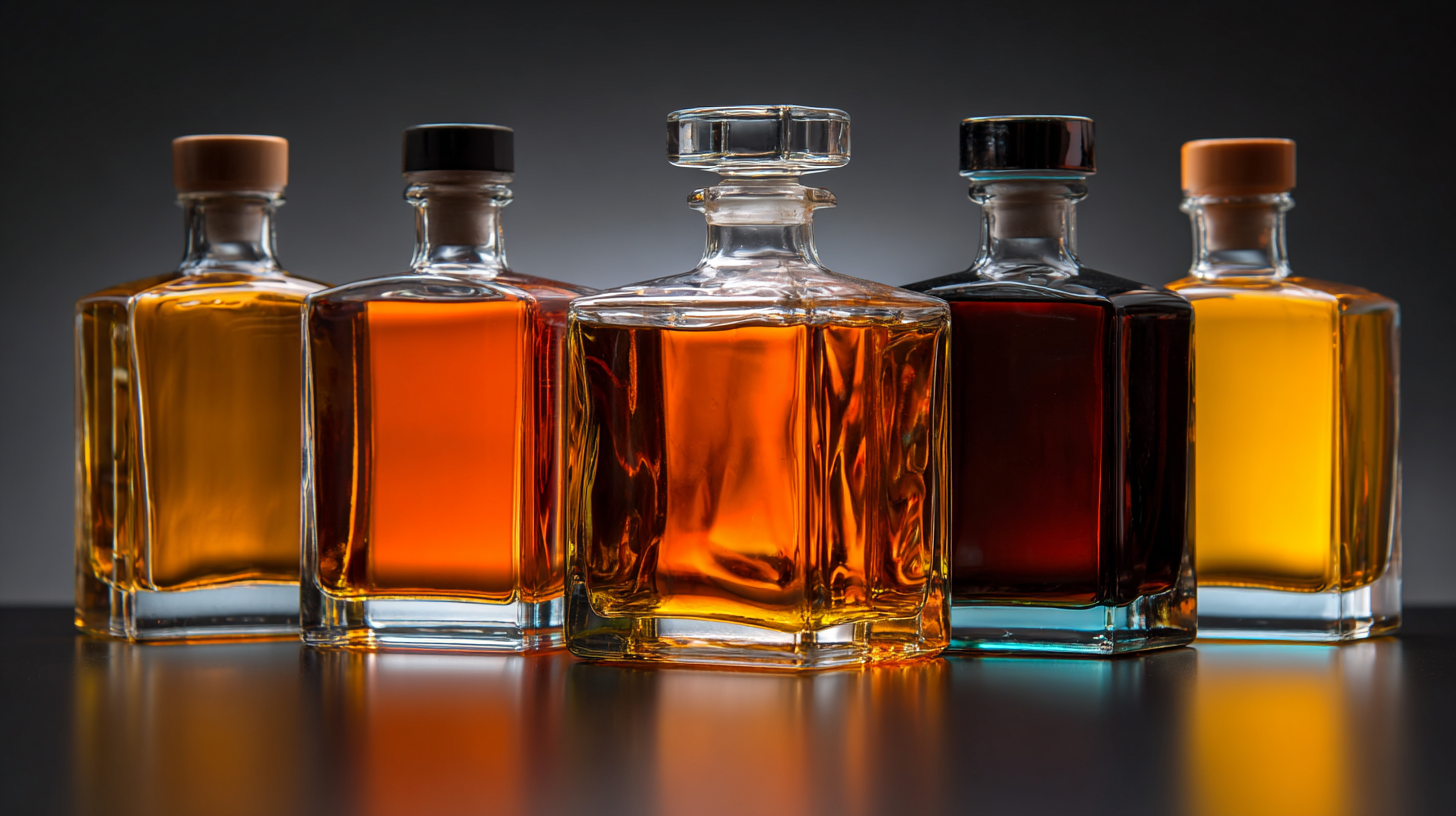
In contrast, glass bottles are praised for their purity and recyclability. A report from the Glass Packaging Institute states that glass can be recycled endlessly without loss in quality, making it an environmentally friendly option. However, their heavier weight and fragility can make them less suitable for outdoor activities. Stainless steel bottles bridge the gap, offering durability and thermal insulation. According to a study by the International Stainless Steel Forum, the use of stainless steel in bottle manufacturing has increased by over 20% in recent years due to its longevity and resistance to corrosion. Each material has its own unique advantages and limitations, making it crucial to consider the intended use when choosing the right liquid bottle.
Capacity Requirements: How to Choose the Right Size for Hydration Needs
When it comes to selecting the best liquid bottles for hydration, understanding capacity requirements is crucial. According to a report by the International Bottled Water Association, the average adult should aim for about 3.7 liters (or around 13 cups) of total water intake daily, which can include beverages and food moisture. When choosing a liquid bottle, consider how often you plan to refill it based on your daily hydration goals. For instance, a 1-liter bottle is perfect for short outings, while larger sizes (2 to 3 liters) are more suitable for long day trips or outdoor activities.
Furthermore, a study published in the Journal of the American College of Nutrition suggests that consuming smaller amounts of water more frequently can enhance hydration efficiency. Therefore, while larger bottles serve their purpose during extended activities, having a smaller, easy-to-carry bottle can encourage regular hydration throughout the day. Ultimately, the best choice will vary depending on your lifestyle, whether it's for fitness, daily use, or while traveling.
Insulation Technology: Benefits of Double-Walled Bottles for Temperature Control
When selecting the best liquid bottles, one of the most important features to consider is insulation technology, particularly double-walled construction. Double-walled bottles create a vacuum between two layers of material, which significantly reduces heat transfer. This technology is particularly beneficial for maintaining the temperature of beverages, whether hot or cold, for extended periods. For instance, a double-walled stainless steel bottle can keep your coffee hot for several hours while preventing condensation from forming on the exterior.
Moreover, the advantages of double-walled bottles extend beyond just temperature control. They are often more durable and less prone to breaking compared to single-walled counterparts. The insulation also contributes to a more comfortable user experience, as the exterior of the bottle remains at a safe temperature, preventing burns or freezing sensations when handling. This makes double-walled bottles ideal for a variety of settings, from outdoor adventures to daily commutes, ensuring that your drinks remain at the perfect temperature regardless of the occasion.
Comparison of Insulation Performance of Double-Walled Bottles
This chart illustrates the temperature retention capabilities of various liquid bottle types. As seen, double-walled stainless steel bottles offer superior insulation performance, maintaining desired temperatures for up to 12 hours compared to other materials.
Sustainability and Eco-Friendly Options: Evaluating Biodegradability and Recyclability
When choosing liquid bottles, sustainability has become a significant consideration for consumers who are increasingly aware of their environmental impact. One of the primary factors to evaluate is biodegradability.
Biodegradable bottles are designed to break down naturally and return to the environment without leaving harmful residues. Materials such as plant-based plastics and eco-friendly alternatives like bamboo and recycled paper can effectively reduce waste in landfills over time. Therefore, selecting bottles made from these materials not only minimizes the ecological footprint but also supports a circular economy.
In addition to biodegradability, recyclability is another crucial aspect to consider. Bottles labeled as recyclable can be processed and made into new products, thereby conserving resources and reducing the need for virgin materials.
It's essential to check local recycling guidelines, as some materials may not be accepted in all regions. Opting for bottles that are clearly marked as recyclable and made from widely recyclable materials can significantly contribute to waste reduction efforts. By prioritizing both biodegradability and recyclability, consumers can make informed choices that support eco-friendly practices while enjoying the convenience of liquid bottles for various occasions.
Related Posts
-

Innovative Container and Packaging Solutions Revolutionizing Sustainable Practices
-
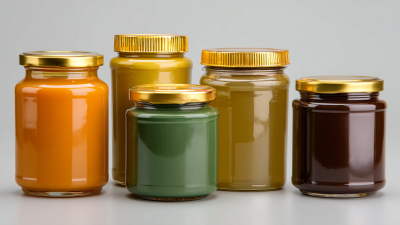
Why Plastic Jars with Lids are the Best Choice for Food Storage According to Industry Experts
-

The Ultimate Guide to Choosing the Best Plastic Jars with Lids for Every Storage Need
-
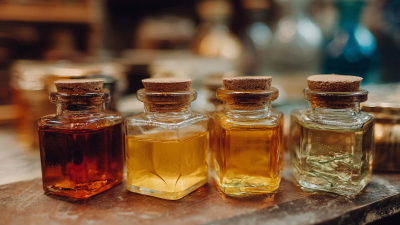
The Amazing Health Benefits of Honey Bottles You Never Knew About
-

Innovative Designs in Cosmetic Containers Elevating Your Beauty Brand Aesthetic
-
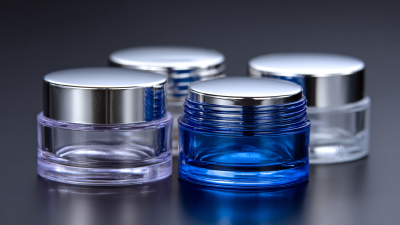
What are the Benefits of Using Eco-Friendly Cosmetic Containers
